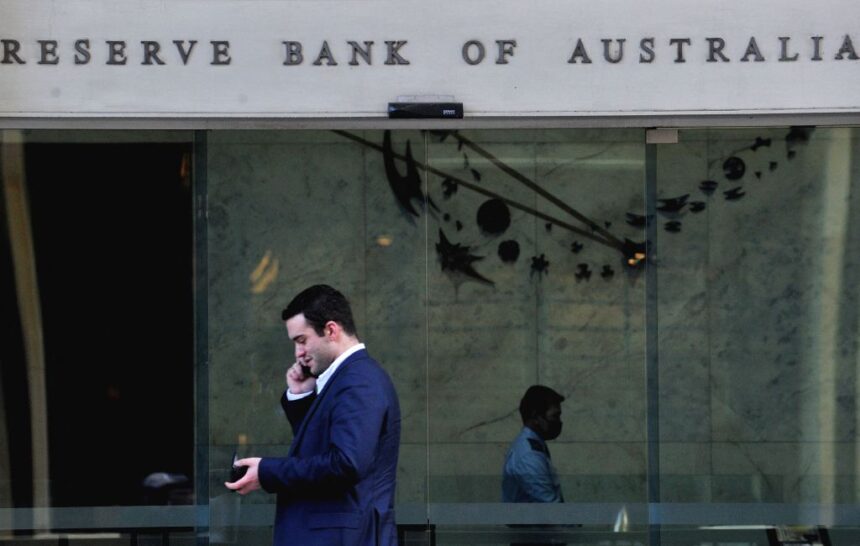The Reserve Bank of Australia (RBA) has noted a significant decrease in inflation since its peak in 2022, attributing it to higher interest rates that have aligned aggregate demand and supply.
Despite facing political pressure to cut interest rates, the RBA stood firm in its decision. On Sept. 24, the Board announced that it would maintain the cash rate target at 4.35 percent and the interest rate paid on Exchange Settlement balances at 4.25 percent.
According to a statement issued by the Board, inflation has decreased substantially since 2022, but it still remains above the midpoint of the 2–3 percent target range. The RBA forecasts that inflation will not sustainably return to target levels until 2026.
Global Interest Rate Trends
While the U.S. Federal Reserve and several other central banks have been cutting interest rates, the RBA noted that these banks are proceeding cautiously due to risks from weaker labor markets and rising inflation.
Despite external pressures, the RBA remains committed to maintaining a restrictive policy until it sees sustainable movement towards its inflation target range. The Board emphasized that it will continue to monitor global economic trends, domestic demand, and inflation and labor market outlooks to guide its decisions.
In response to calls for rate cuts, the RBA reiterated its determination to bring inflation back to target levels.
Economic Growth and Labor Market Conditions
The Board highlighted weak economic growth in the June quarter, influenced by declines in real disposable incomes and tight financial conditions. However, aggregate consumer demand, supported by spending from temporary residents, remained resilient.
While wage pressures have eased, labor productivity has stagnated, and the labor market remains tight. Despite a rise in the unemployment rate to 4.2 percent, participation rates are high, and job vacancies remain elevated.





